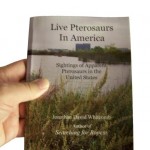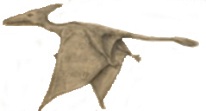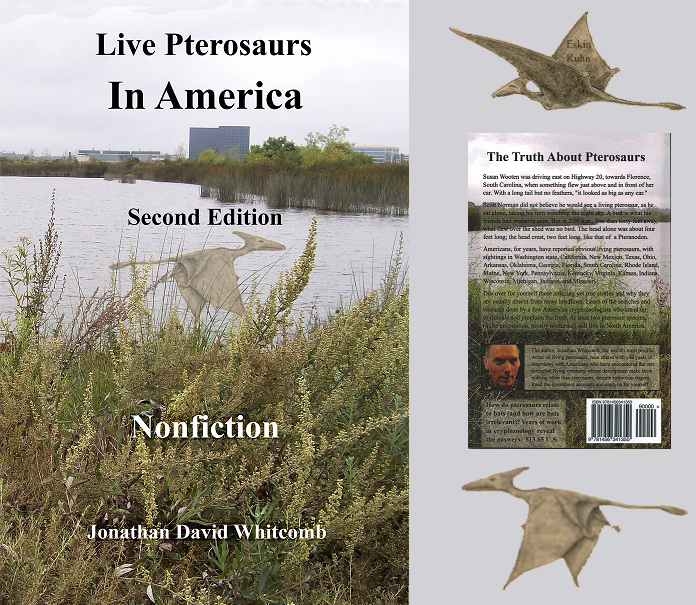If my memory of a few Old Testament scriptures serves me correctly, I just realized something about comparing the “fiery flying serpent” of the Bible with the ropen of Papua New Guinea. Whatever the species of snake-like animal that terrorized the people of Moses long ago (I believe it was a Rhamphorhynchoid pterosaur), it may be a different species than what has terrorized natives of Umboi Island in more recent years. Where in the Old Testament does it mention anything about a giant size?
The subject comes up because of this post on the Bible and Modern Pterosaurs blog: New View on the Fiery Flying Serpent. The ancient Israelites were terrorized because of the venom of this creature (something like a flying snake), not because of the size. (The giant size of the Galapagos Tortoise comes to mind, although this might not be directly related to the giant size of the ropen of Umboi.) Nevertheless, the combination of brilliant bioluminescence and winged flight ties together these two interpretations, this meaning of ancient scriptures and modern eyewitness testimonies.
For those interested less in biology and more in scriptural significance (quote from The Bible and Modern Pterosaurs):
“Another problem with the snake interpretation strikes me to the heart. What is the usual symbolism here? Who does the snake usually represent in the Old and New Testament? Satan, of course. Does it seem likely that a true serpent would be used to symbolize Jesus Christ? If the “fiery flying serpent” were a snake, Moses would have killed one of them and dragged the dead snake on the ground, to symbolize God’s victory over Satan. He would not have given the Israelites the symbol for Satan, to look up to a common snake for healing or salvation.”
For those interested in flying glowing lights in Papua New Guinea: Pterosaur Interpretation of Cheesman Sightings
*************************************************************
 Did you know that living pterosaurs have been reported in North America, even in the United States? Read the many eyewitness sighting reports by purchasing your own copy of this nonfiction book Live Pterosaurs in America. It explains the true nature of the controversay: not “science versus religion” but one philosophy versus another (in book appendix); nevertheless, this is a cryptozoology book, not a religious book. (Photo on the left is of the cover of the first edition. The book is now in its third edition, greatly expanded from the original.)
Did you know that living pterosaurs have been reported in North America, even in the United States? Read the many eyewitness sighting reports by purchasing your own copy of this nonfiction book Live Pterosaurs in America. It explains the true nature of the controversay: not “science versus religion” but one philosophy versus another (in book appendix); nevertheless, this is a cryptozoology book, not a religious book. (Photo on the left is of the cover of the first edition. The book is now in its third edition, greatly expanded from the original.)




